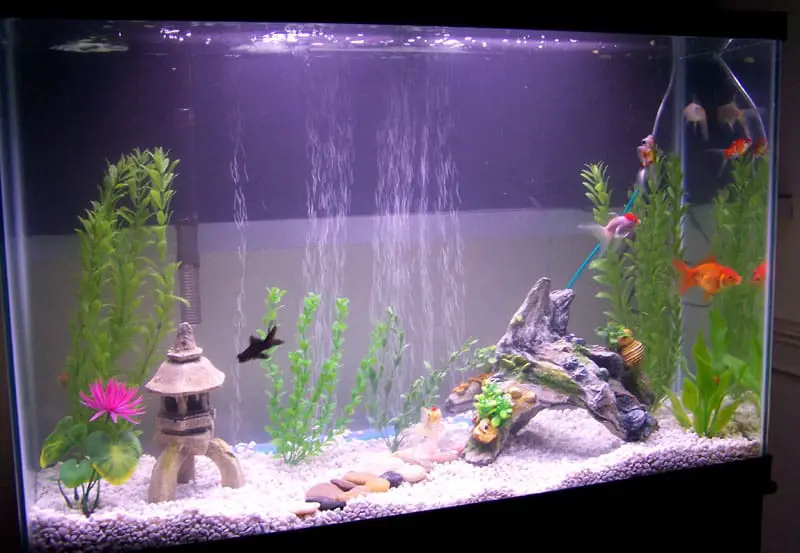Can driftwood kill my fish?
Driftwood is a common decoration piece for aquariums. It is used to create amazing layouts and designs. Whether you leave it bare or additionally decorate it with plants, driftwood is a way to achieve a unique and eye-catching look of your aquarium.
Driftwood used for an aquarium offers plenty of unique advantages. First is, of course, the freedom to let your imagination run wild on designing the aquarium looks. But besides that, driftwood offers food and shelter for fish, and also promotes the growth of beneficial bacteria that decompose waste and break down toxic compounds.
Despite the great benefits, you should consider that using driftwood with improper treatment can potentially be harmful to your fish, and even fatal. The first thing is toxins. Toxins can be imbued into the driftwood from chemical treatment facilities, fertilizers, poisons, etc. The second, much more common issue, is a rapid change of the water’s pH level. Different species of fish require different water conditions to thrive in. Adding driftwood into an aquarium usually lowers the pH level of the water, and depending on the size of the wood – the pH can drop drastically. This can significantly harm your fish and even kill them.
How do I protect my fish against driftwood?
While the prior text may scare you, with proper planning and preparation, driftwood is completely safe to use for an aquarium.
First thing to consider is where you get your driftwood. If you buy it from a pet store, be sure it’s safe for aquarium use, because driftwood that is made for lizards may contain chemicals harmful to fish. If you pick the driftwood from the outdoors, be sure to pick it from a clean source, without any pollution.
Once you pick out your driftwood, inspect it for insects, sharp or loose edges. Afterward, clean it under running water with a brush. If you buy driftwood from a pet store, clean it with water as well. The next step is sanitizing the wood, which will kill off potentially harmful bacteria and algae. Submerge the driftwood in water and let it boil at 200°F for 1-2 hours. Baking it is also an option, but keep an eye on it so it doesn’t start to burn.
The final step is “curing” the driftwood. This process removes the tannins from the wood, which can stain your aquarium water and lower the pH, and it also saturates the wood with water, eliminating buoyancy. To cure driftwood, place it in a large container with enough water to fully submerge it. The time needed for it to become completely waterlogged depends on the size of the wood – smaller pieces can take 2 to 3 days, while large pieces can take up to two weeks. As the wood sits in the water, it will release its tannins, giving the water a “tea-stained” color, so change the water every few days. After letting it get waterlogged, the driftwood is ready to be used in an aquarium.
Note – do not use any chemicals to clean, treat or paint the wood. These chemicals can seep into your aquarium water and be harmful to the fish.
Does my fish tank need driftwood?
Having driftwood in your aquarium is not an absolute necessity, but it is a great way to customize and stylize your fish tank. There are countless ways to place and decorate driftwood with plants. As every piece of driftwood is unique, it will certainly make your fish tank eye-catching. There is also the benefit of giving your fish a more natural habitat, giving them a place to hide, giving some species a food source, and letting beneficial bacteria decompose the waste. It can also be useful for pH control, as some species require soft water to thrive in. Always consult your pet shop supplier about the optimal living conditions for the fish you’re planning to buy or already have.


